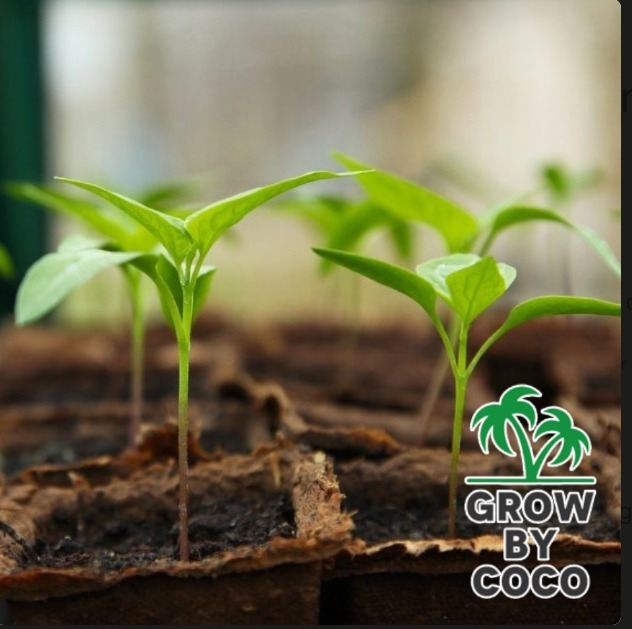Promoting Soil Health and Biodiversity

Introduction
In recent years, the agricultural industry has been undergoing a significant transformation towards sustainability. One of the key players in this revolution is cocopeat, a versatile and eco-friendly alternative to traditional soil mediums. Cocopeat, derived from coconut husks, has emerged as a game-changer in modern agriculture, offering a plethora of benefits for both farmers and the environment. In this blog post, we delve into the role of cocopeats in driving a sustainable revolution in agriculture.
1. Environmental Benefits:
Cocopeats are a byproduct of the coconut industry, making use of a resource that would otherwise go to waste. By repurposing coconut husks, cocopeat production reduces the burden on landfills and minimizes environmental pollution. Moreover, cocopeats are biodegradable and renewable, contributing to the conservation of natural resources.
2. Water Retention and Drainage:
One of the remarkable characteristics of cocopeats is their exceptional water retention capability. They can hold moisture significantly better than traditional soil mediums, reducing water consumption in agriculture. Additionally, cocopeats facilitate excellent drainage, preventing waterlogging and root rot, thereby promoting healthier plant growth.
3. Nutrient Retention and Release:
Cocopeats serve as an excellent medium for nutrient retention and release. They have a high cation exchange capacity (CEC), allowing them to hold onto essential nutrients and make them available to plants as needed. This property helps in optimizing fertilizer use and promoting balanced nutrient uptake by crops, ultimately leading to improved yields and quality produce.
4. Versatility and Adaptability:
Cocopeats can be used in various agricultural applications, including potting mixes, hydroponic systems, and soil amendments. Their versatility makes them suitable for a wide range of crops, from fruits and vegetables to ornamental plants and herbs. Furthermore, cocopeats can be customized by blending with other substrates to meet specific crop requirements and environmental conditions.
5. Carbon Sequestration:
The cultivation of coconut trees and the production of cocopeats contribute to carbon sequestration, helping mitigate climate change. Coconut trees absorb carbon dioxide from the atmosphere and store it in their biomass, while the use of cocopeats in agriculture promotes sustainable practices that reduce greenhouse gas emissions.
Conclusion
Cocopeats represent a sustainable revolution in modern agriculture, offering a multitude of benefits for farmers, the environment, and society as a whole. By harnessing the potential of this natural resource, we can cultivate healthier crops, conserve water, reduce chemical inputs, and mitigate environmental impact. As we strive towards a more sustainable future, cocopeats stand as a shining example of innovation and stewardship in agriculture. Let us embrace this eco-friendly solution and pave the way for a greener and more prosperous tomorrow.
